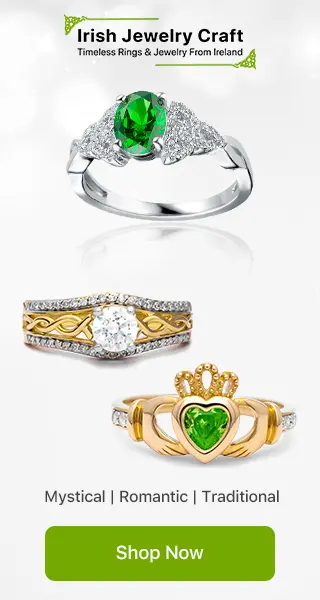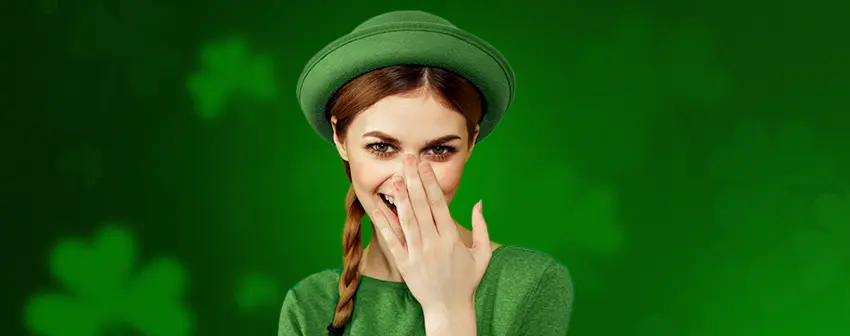
Ask anyone across the world for a symbol or a representation of Ireland and Irish people, and many will reply with the shamrock. For centuries it’s been associated with the Emerald Isle and is regularly used as a clear and direct form of symbolism.
However, ask someone why it’s been established as a symbol of Ireland, and you can be sure not as many people would have the answer. Sure, it’s green, and green has become synonymous with Ireland because of its green fields and plains, but so many plants and things in nature are green in colour. So, what’s so different and special about the shamrock?
In this article we are going to explore Ireland’s relationship with the shamrock, how and why it came to be a representation of the island, and why Ireland’s patron saint St. Patrick might have had something to do with it.
What is a Shamrock?
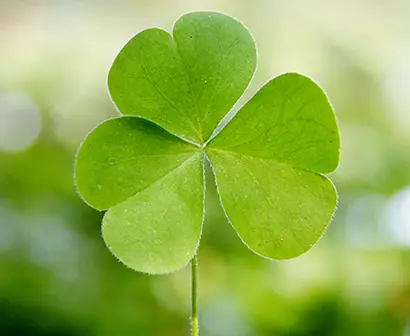
Chances are you’ve probably held or at least seen a shamrock in your lifetime. Not to be confused with the lucky four-leaf clover (another symbol of Ireland for another day), the common shamrock is small, green, and has three leaves*.
*The three leaves aspect may or may not come up again later in the article.
Shamrocks are a young sprig and a type of clover. Interestingly, botanists and public enthusiasts remain divided to this very day as to which species of clover a shamrock technically belongs to. While shamrocks are not unique to Ireland and can be found right across Europe, they are quite common here, particularly in the countryside and cast rural areas.
Despite not being native and unique to the Emerald Isle, Ireland can at least claim the name of this clover. Shamrock comes from the Irish word seamróg. Any gaeilgeoirí (native Irish speakers) might notice the ‘óg’ at the end of seamróg which means young. Seamróg roughly translates to ‘young clover’.
St. Patrick and the Shamrock
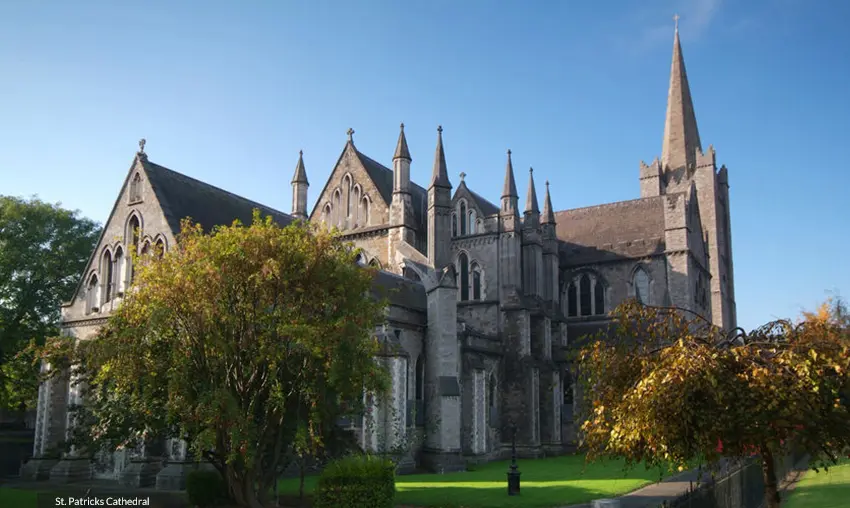
Despite the shamrock being green, found across Ireland, and named using the Irish language, it was St. Patrick that truly solidified Ireland’s relationship with the shamrock. It’s said that during his time in Ireland as a missionary, St. Patrick spent much of his time trying to convert and baptise the pagan Irish people and introduce them to the world of Christianity.
What has this got to do with the shamrock I hear you ask? Well, legend has it that St. Patrick used to pick shamrocks from the ground and use the three-leafed clover as a symbol of the Holy Trinity. Remember earlier when we mentioned how important the three-leaf aspect was? St. Patrick saw it as an opportunity to explain to pagans the difference between God the Father, Jesus his Son, and the Holy Spirit, and how these are three entities that form to make one God.
Patrick’s use of the shamrock as a metaphor for Christianity truly kickstarted Ireland’s association with the shamrock. From the 1700s onwards, this association grew and grew in a similar fashion to the thistle becoming a representation of Scotland, and the rose for England.
Irish Culture and the Shamrock
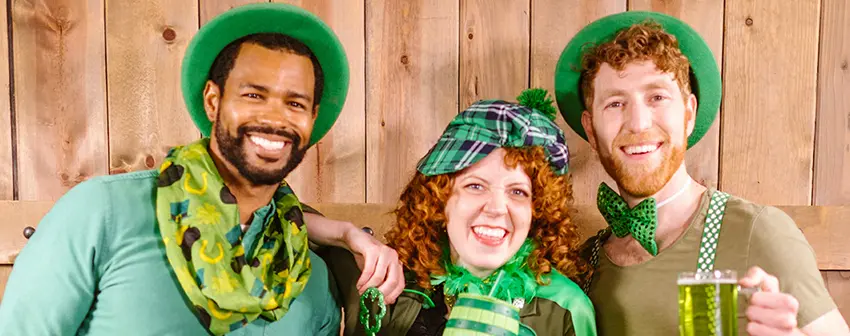
Ireland’s unique relationship with the shamrock has continued to grow for centuries. This little three-leaf clover is adored by the Irish diaspora, and you can be guaranteed that you’ll never be too far away from one on St. Patrick’s Day. The shamrock can be found on Irish clothes, Irish jewellery, and is a popular tattoo idea when someone wants to proudly display their Irish roots.
It has also been used countless times in Irish art over the years. Shamrocks have been celebrated and referenced in Irish traditional music for centuries, and frequently appear in paintings and poetry that pertain to Ireland and the Irish people.



